It has been estimated that termites in the United States cause upwards of $5 billion worth of property damage every year. Because termites eat your home from the inside out, it can be tricky to know if your home has termites before it is too late. If you have suspicions that your home may have a termite problem, don’t ignore them. Instead, be on the lookout for some of the signs of termites, and consider hiring a professional pest control company to inspect your home. In this article, we will discuss the big three signs of termites in detail, but also give you other less obvious signs to help ensure that your home is safe and termite free.
1. Swarming Termites
Every year reproductive termites leave their nest to find a mate and start a new colony. In the Kansas City area, Spring and early Summer are the most likely times that you will spot swarming termites. Hot, humid days and evenings tend to bring out the swarmers.These swarming termites have wings, but are poor fliers. This means that the termites generally do not travel very far. If you are seeing swarmers near your home, there is a good chance that you may already have a termite problem. Once they termites have landed and mated, they will twist off their wings and leave them behind. Piles of discarded wings near windows, doors, or outdoor lights are a major sign of termite infestation and warrant quick action.

2. Presence of Mud Tubes
Some species of termites will build mud tubes in places where your home, trees, shed, or other structures meet the ground. These tubes are about the size of a pencil and are used by the termites to go from their underground home to their food source, which is often the wood in your home. Tunnels and mud tubes are also needed to help control the temperature and humidity levels so that the termite colony can survive.
3. Damage to Wood
When termites chew through wood, they will leave behind long maze-like grooves. Over time these grooves can significantly weaken the wood and cause major structural damage to your outside trees, floors, walls, and even furniture. Squeaky or sagging floors, fragile baseboards or door jams, and sticking windows or doors can all be signs of termite wood damage.
If you have wood in the yard or trees that need to be removed so as to not invite termites on to your property, it would be wise to hire a tree service to take care of it. Damp would attracts them more than anything, so be careful to avoid debris on your property.
Other Signs
While the above mentioned signs are definite warning signs of a termite infestation, there are many other signs that can lead you to suspect termites. Here is a list of some other things to look for:
- Piles of pellet-shaped termite droppings known as frass– These pellets often look like salt and pepper
- Cracks in walls or ceilings
- Damp spots on walls
- Discolored drywall
- Peeling paint that looks like it may have suffered water damage
- Hollow sounding wood
- Damage to floor joists
Since termites can be so devastating on your home and your wallet, an annual termite inspection is recommended. At Six Brothers Pest Control, we know how difficult termites can be. Our specialty termite service is guaranteed to eliminate termites in and around your house. We also offer preventive termite monitoring services to make sure that they never become a problem. This monitoring service is currently included with any of our other regular service plans. If you need Kansas City termite control, give us a call today.
*Photos courtesy of: Gerald J. Lenhard, [Louisiana State University, Bugwood.org; CC BY-SA 3.0], via Wikimedia
[/et_pb_text][/et_pb_column][/et_pb_row][/et_pb_section]













